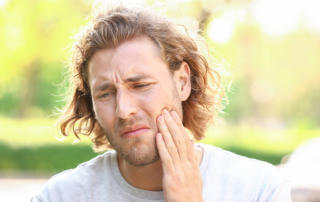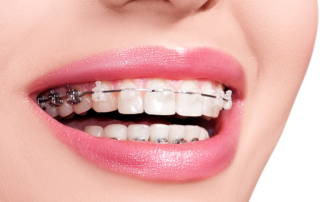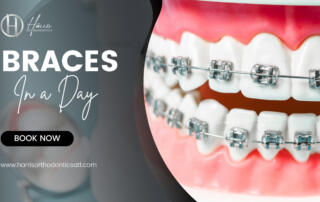According to the American Association of Orthodontics (AAO), your child should see an orthodontist around the age of 7. Not all children will need treatment, but some may need correction or monitoring. Early treatment, also known as Phase One, begins when your child still has some baby teeth. Some of the objectives of this form of dental treatment include guiding the erupting permanent teeth for better positioning, reducing chances of protruding teeth fractures, and creating space for permanent teeth.
Benefits of Early Treatment
At Harris Orthodontics, Dr. Peyton Harris will also monitor jaw growth to check that it develops properly and preserves space for permanent teeth. This can help improve the bite and prevent tooth extraction in the future. Treating orthodontic problems early on improves the chances of positive lifelong dental results.
Signs Your Child Requires Early Treatment
While the early dental examination is recommended at age 7, not everyone will need treatment. However, your child may need early treatment in the following situations:
- Early or late loss of baby teeth
- Mouth breathing
- Difficulty in chewing or biting
- Teeth protrusion
- Thumb sucking
- Speech problems
- Crossbite
- Teeth that don’t fit together properly
- Crowded teeth
Dr. Harris can implement progressive treatments, especially when your child has jaw irregularities. Certain issues can be treated and corrected only during the early growth stage. These issues may not be treatable with braces and appliances alone once the facial and jawbones have developed.
Early diagnosis followed by the right treatment helps guide tooth eruption and facial growth. It can prevent irregularities from becoming worse. At Harris Orthodontics, we provide early treatment with the goal of reducing the treatment time required for full braces. When you choose our services, you can expect effective and stable results.
It is recommended to seek early orthodontic diagnosis when your child reaches the age of 7. It can go a long way in correcting and improving your child’s dental health in the long term.







